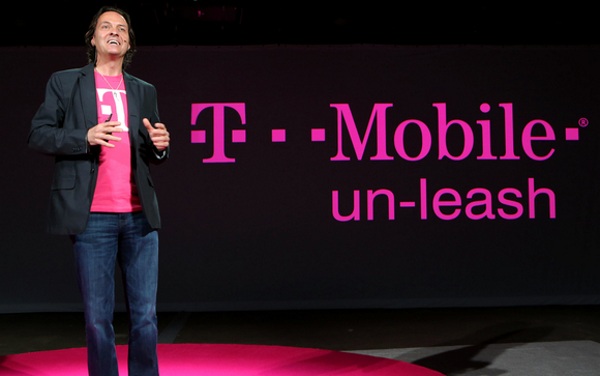T-Mobile has announced that starting January 2015, its customers will be allowed to rollover any unused data from the previous month instead of it expiring.

The plan, referred to as “Data Stash,” works like this: if a customer has paid for 3 GB of 4G LTE data, but only used 1.5 GB over the course of one month, the remaining 1.5 GB would be added to his / her Data Stash. Later in the year, if this same customer goes over the 3-GB limit, they can then tap into their Stash to continue enjoying the same high-quality data speeds.
Other major carriers, including Verizon and AT&T, do not allow data rollover; instead, the customer’s data limit is restarted each month and should they go over, a penalty is assessed to the account.
Some of the footnotes associated with the T-Mobile plan: The Data Stash expires after a year, so it doesn’t last forever. Also, it only applies to 4G LTE data. This means customers with older 3G phones cannot stash their data.

Those with an LTE device will automatically be allowed to participate in the program so long as they’re buying at least 3 GB of 4G LTE data every month. For those curious, a quick search of the site shows that 3 GB of T-Mobile 4G LTE data is $60/month and includes unlimited talk and text — unlimited data is advertised with this program in the sense that when the 3 GB of 4G LTE data is all used up (and no Stash is left), data speeds will default to less than 4G quality, and so overall network performance will slow down.
The upside in this scenario: there will be no overage fees, as the company eliminated this sort of penalty earlier this year.
To help kick-start the program, the company said that it will give every customer that qualifies for Data Stash an extra 10 GB of data to get things going.
“Think of it as data rollover. If you buy data, it's yours,” T-Mobile CEO John Legere (pictured at the top of the article) said during a webcast to announce the new plan. He went on to explain that customers often overbuy data to avoid overage charges, which account for about $1.5 billion of revenue for the other U.S. carriers every year.
“What we're in effect asking carriers to do is eliminate a nonsensical charge,” he explained. “What in their cost structure supports that $1.5 billion of charges?”
Via: t-mobile.com
Advertisement
Learn more about Electronic Products Magazine





